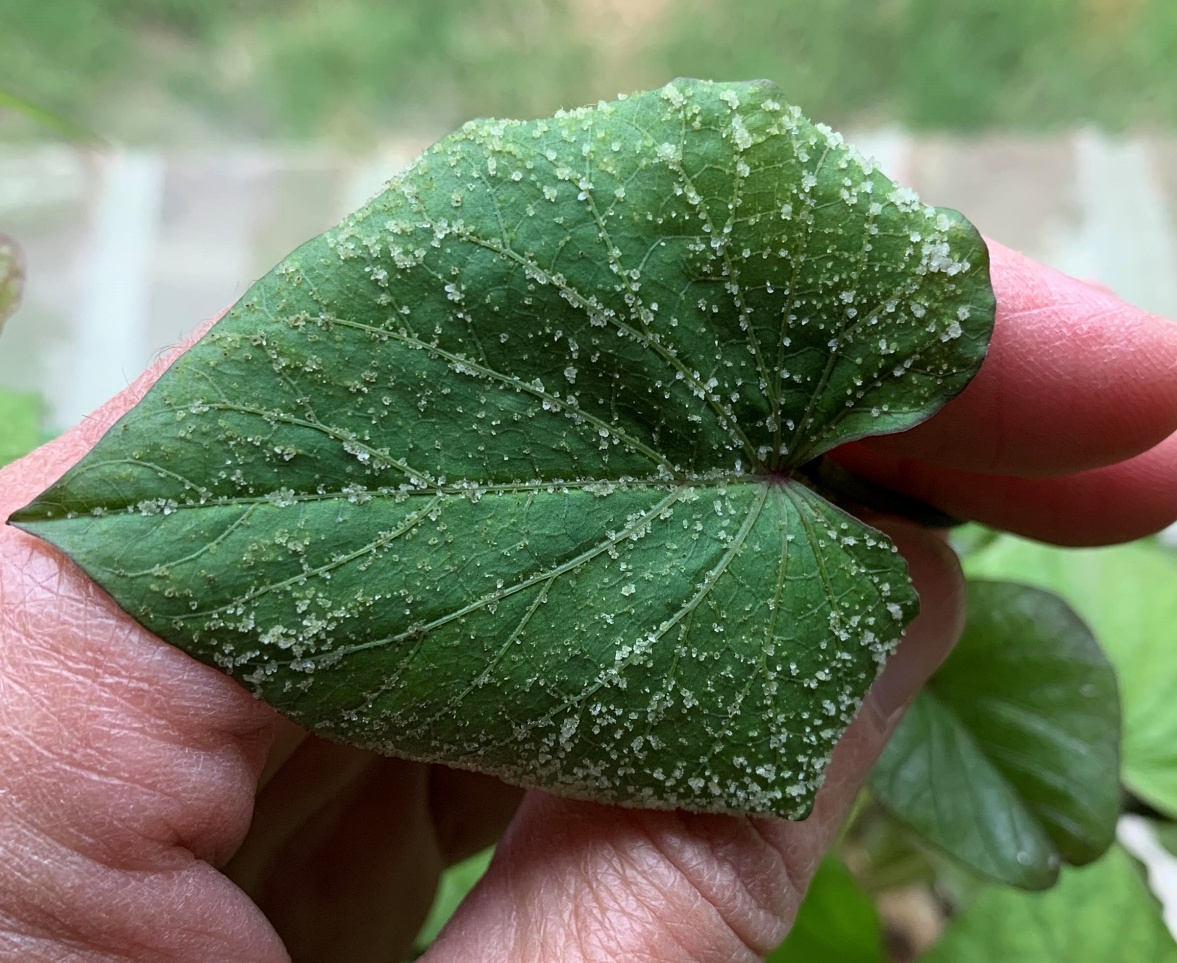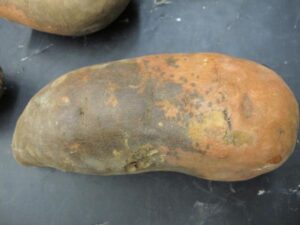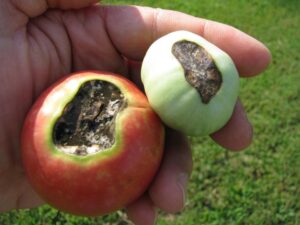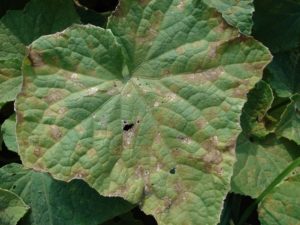Most people are familiar with edema, the term used for the swelling that occurs when body tissue retains too much fluid. But few are aware that edema can also occur in plants.
What is Plant Edema?
Plant edema, or oedema as it is also spelled, is a condition that occurs when a plant’s roots take up water at a rate that exceeds that of its transpiration. (Transpiration is the process by which water evaporates via a plant’s leaves, stems, and flowers.) Obviously, plants cannot live without water, however, only 0.5 to3.0% of the water that is taken up by the roots is used, the remaining 97.0 to 99.5% is lost by transpiration.[1] When there is too much water in the plant’s environment, the pressure builds in the cells of the leaves and causes them to burst. The ruptured cells create bumps or blisters on the leaves and sometimes on the stem.

Unlike other plant diseases and disorders, plant edema is not contagious and should not cause undue concern. However, the condition should be addressed so that it does not cause long-term damage to the plant, which can include scarring and disfigurement of leaves and fruit.
What Causes Plant Edema?
Overwatering is the main factor that contributes to plant edema. Cool temperatures, high humidity, poorly draining soil, and plant over-crowding can also be contributing factors. Low potassium and calcium may also make plants more susceptible to edema.
What Are The Symptoms?
Signs of plant edema include bumps or blisters that may resemble grains of salt or sand, located primarily on the undersides of leaves, although the tops of leaves can be affected as well. Leaves may also show signs of curling. As the condition progresses, water-soaked marks may appear and may become corky. In severe cases, eruptions and gall-like symptoms may occur on the leaves’ veins.
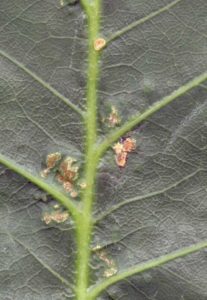
Any broadleaf plant can experience plant edema, but some varieties are more susceptible than others. For example, peppers, tomatoes, broccoli, cabbage, cauliflower, sweet potatoes, geraniums, begonias, camellias, hostas, and cacti are some of the plants that are more vulnerable to the condition. Edema occurs more frequently with indoor plants and those grown in greenhouses, although the condition can be common in outdoor container plants.
How To Treat Plant Edema
The most obvious way to remedy plant edema is to adjust how much water the plant receives. Allowing the plant to dry out somewhat before watering can improve the situation. It is important, however, not to overcorrect as damage can also occur if the plant is under-watered. You may need to monitor the situation until you can determine what is the proper amount of water the plant needs according to the variety, location, and season.
Soil that does not drain properly can also play a role in plant edema, including plants that sit in saucers containing water. Thus, it is important that your garden drains properly and that you do not allow plants to sit in water. Both of these environments can contribute to fungus gnats as well.
Another way to treat plant edema is to make sure there is adequate circulation between plants. Air flow helps plants transpire, alleviating them of excessive moisture. Adding a fan can be particularly helpful in greenhouses. It can also help to position plants, whether they are indoors or outdoors so that they get maximum sunlight exposure.
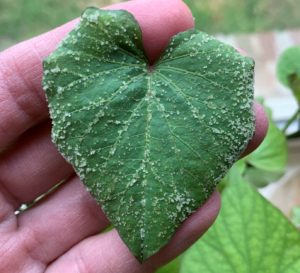
If plants are located indoors or in a greenhouse, in addition to taking the above measures, it can also help to lower the humidity, which will increase the plants’ transpiration rate.
Plant edema, if addressed early on, is a condition that is easily remedied. Knowing beforehand what to look for, especially with plants that are susceptible, can help you intervene before significant damage occurs.
Thank you for reading this article! If you found it helpful, please consider sharing it with others via email or social media!
[1] Sinha, Rajiv Kumar, Modern Plant Physiology, CRC Press, What Causes It? (Transpiration, Wikipedia)
